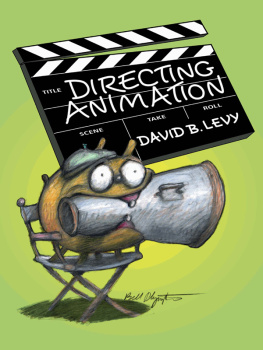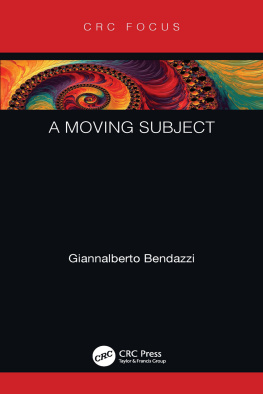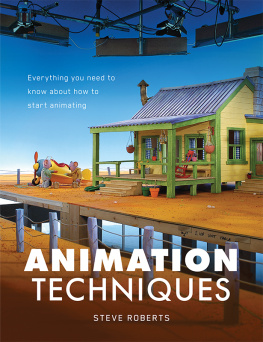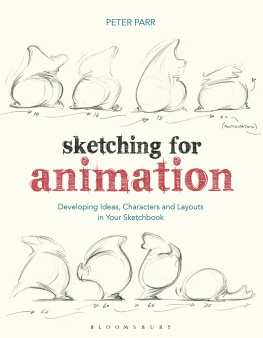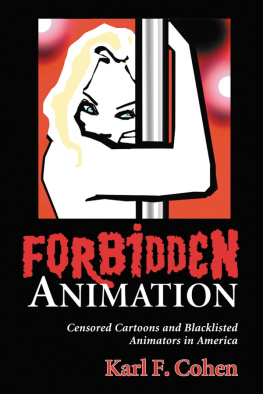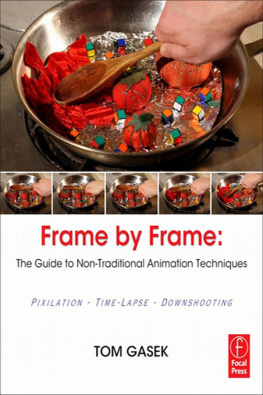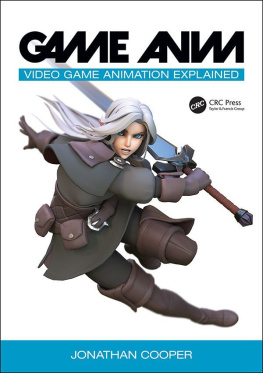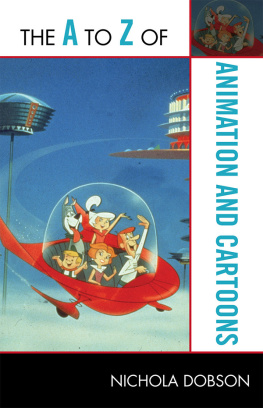All rights reserved. No part of this publication may be reproduced or
transmitted in any form or by any means, electronic or mechanical,
including photocopy, recording, or any information storage or retrieval system now
known or to be invented without permission in writing from the publisher, except
by a reviewer who wishes to quote brief passages in connection with a
review written for inclusion in a magazine, newspaper, or broadcast.
To Walt Disney, who wallpapered my mind with beautiful animated pictures, and who transformed a middle-American Main Street into the closest thing to Utopia on our less-than-perfect planet.
A PRODUCER ONCE TOLD ME he never acknowledges his writers work with praise because he felt theyd ask for more money. But when I get acknowledged for my writing it energizes me to work even harder, even better. It makes me feel like someone cares. Thats why Im a big believer in acknowledgments, especially for those who have helped me along the way.
Its an old show biz tradition to list the cast in order of appearance, so
First I want to thank my father, Norman Maurer. It helps to grow up in a creative environment, and my father was an artist at everything he did. And thank you to my mother, Joan, who gave me the freedom to light firecrackers along with the brains to throw them as far as I could.
I want to thank my grandfather, Moe Howard of the Three Stooges, who not only gave me insight into comedy, but also gave me his genes. I should probably also thank my great uncles, Curly and Shemp, because without them there wouldnt have been three Stooges, Moe wouldnt have moved to Hollywood, my Mom wouldnt have met my Dad at the USO, and God knows where Id be now.
Next I want to thank Walt Disney for making all those wonderful cartoons which formed the foundation of my animated imagination.
I want to thank Sunny for returning my love-at-first-sight in the fifth grade, putting up with the Tasmanian Devil in me, and giving birth to my two adorable children, Caroline and Moe.
I want to thank Orville Hampton, my fathers assistant story editor at Hanna-Barbera, for quitting back in 1976, allowing my father to hire me in his place. Getting paid to learn those first six months at H-B was a priceless experience.
Thanks to Bill Hanna and Joe Barbera for giving birth to the animated television industry, and for letting me write so many scripts.
Many thanks to Peter Roth who, while Director of Childrens Programs at ABC back in 1978, gave me such an acknowledgment for my writing that it virtually launched my career.
Thanks to Joe Ruby and Ken Spears for being super friends while I was story editing Superfriends.
Thanks to Stan Spider-Man Lee for introducing me to the marvelous world of Marvel Productions, and to Lee Business-Man Gunther for making me an offer I couldnt refuse.
Thank you, Judy Price, for giving me the chance to write over a hundred scripts for ABC and a hundred more for CBS.
Thanks to Jean Chalopin and Andy Heyward for asking me to develop and write DICs first network series, The Littles, but especially to Andy for asking me to do so many series after that.
A special thanks to Jim Henson who was a dream to work with, and who kept his promise to work with me after I left the Muppet Babies. I miss you, Jim.
My sincerest thanks to those who gave me so much creative freedom and paid me to fill up blank pages with my ideas, including Margaret Loesch, Fred Wolf, and Will Vinton.
Five percent of all my thanks go to my entertainment attorney and friend, Gregg Homer.
Thanks to my literary agent, Shawna McCarthy, and my animation agent, Barbara Alexander.
Thanks to Gary Richardson for letting me use the Teenage Mutant Ninja Turtles in this book, to Patric Verrone for sharing his insight into prime-time animation writing and to Jack Mendelsohn for the inspiration that led to this book.
Thank you to my editors at Overlook, Tracy Carns and David Mulrooney.
And finally, if Ive forgotten anyone, this THANKS is for you.
O NCE IN A WHILE YOU MEET a person who is so hard-working and dedicated to his craft that his work stands above the rest. Less often you meet such a person who is also willing to take the time to cut a trail so that others can follow in the footsteps of his success. Such a man is Jeffrey Scott.
Fortunately for me, Jeffrey learned the ropes of animation writing at Hanna-Barberaand learned them fast! Within six months he was made full story editor on Superfriends, which became one of the most successful action series we had ever produced. So successful was Jeffreys first story-editing assignment that ABC ordered an additional thirty-two half-hours of the series, a record at that time. Remarkably, Jeffrey didnt just edit these scripts, he wrote them all! Over the next three seasons he wrote nearly a hundred more! And that was just Superfriends. He continued his high-quality, high-production output on Captain Caveman, Trollkins, Pac-Man, and Wake, Rattle & Roll, writing over 200 scripts for H-B, more than any other writer in the history of the studio.
Anyone who loves movies and television knows the importance of a good script. Though today this is equally true in animation, it wasnt always the case. I should know, because H-B was responsible for developing the current script writing process for TV cartoons.
When Bill Hanna and I were doing Tom & Jerry for MGM, like Disney and other studios, we never had scripts. Instead, wed come up with a notion, then brainstorm gags with our artists, stringing them together to make a cartoon. At that time, animation relied much more on action and far less on dialogue. But animated action was getting more and more expensive, and by 1958, MGM stopped production of Tom & Jerry. So Bill and I decided to try our luck in television.
Unfortunately, we quickly discovered that there was even less money for TV animation than theatrical. So we had to find a way to drastically cut our budgets. This forced us to come up with what we called limited animation, a concept that turned the classical structure on its head, creating cartoons with more dialogue and less action. Though we used fewer and simpler drawings, by timing the action correctly we were able to create cartoons that were just as funny as those produced in full animation.
Luckily for Bill and me, we had more than good animation timingour timing was perfect to get into TV. Movie audiences were no longer enraptured by the beauty of full animation. Pretty pictures alone werent enough to keep them interested. In television animation, the most important elements were clever gags, funny dialogue, and good stories.
Thats when we realized we needed scripts. Lots of them!
And thats why todays animation market is story driven. Whether full-length animated feature, prime-time animated sitcom, or Saturday morning cartoon, it all begins with the script. A producer can no longer rely solely on artists. He has to have someone who understands story structure, character development, and dialogue. In other words, he has to have a cartoon writer.
And if you want to become one, you have to read this book!
With How to Write for Animation, Jeffrey has cut a clear path that will take aspiring animation writers from their first confrontation with the dreaded blank page, past the dangers of falling anvils, all the way through to a confident understanding of how to write for animation. Jeffrey has done a masterful job of condensing twenty-five years of experience into an easy-to-read, step-by-step journey through the cartoon writing process.


